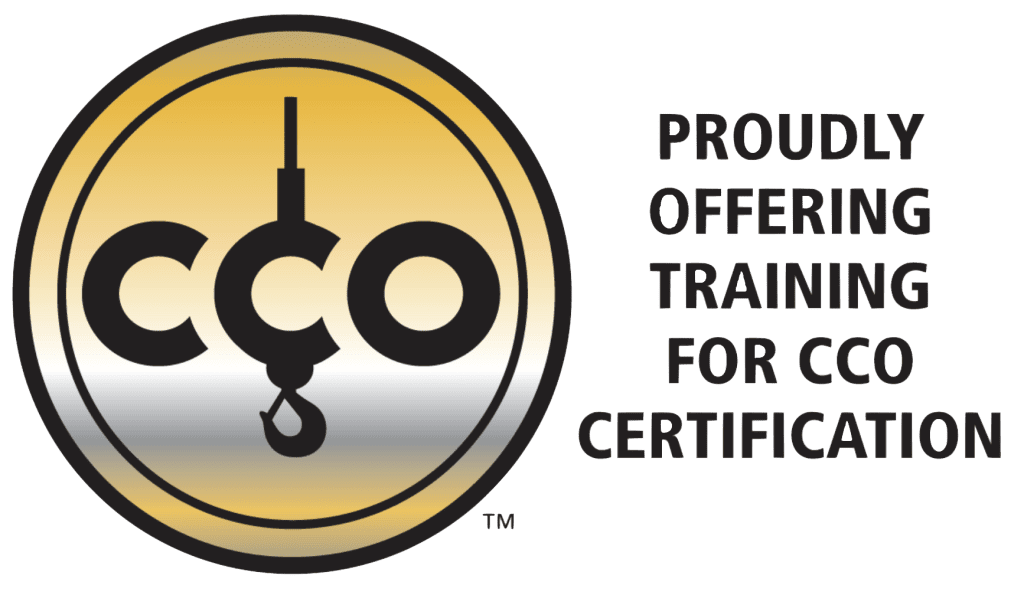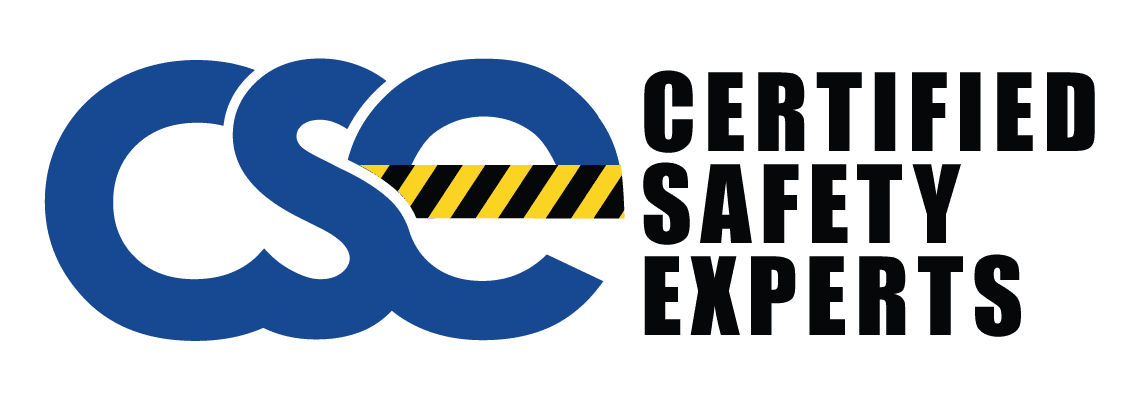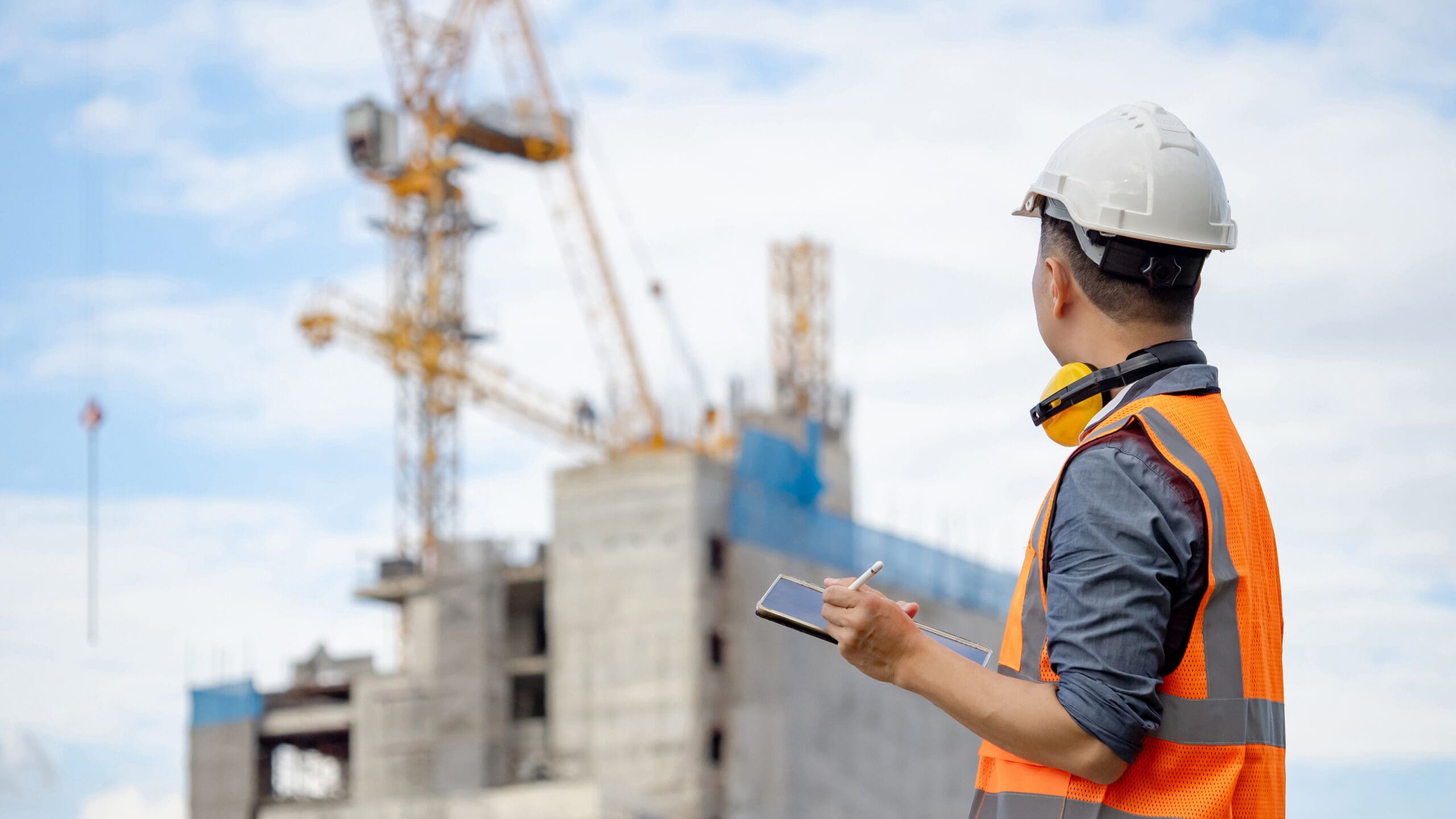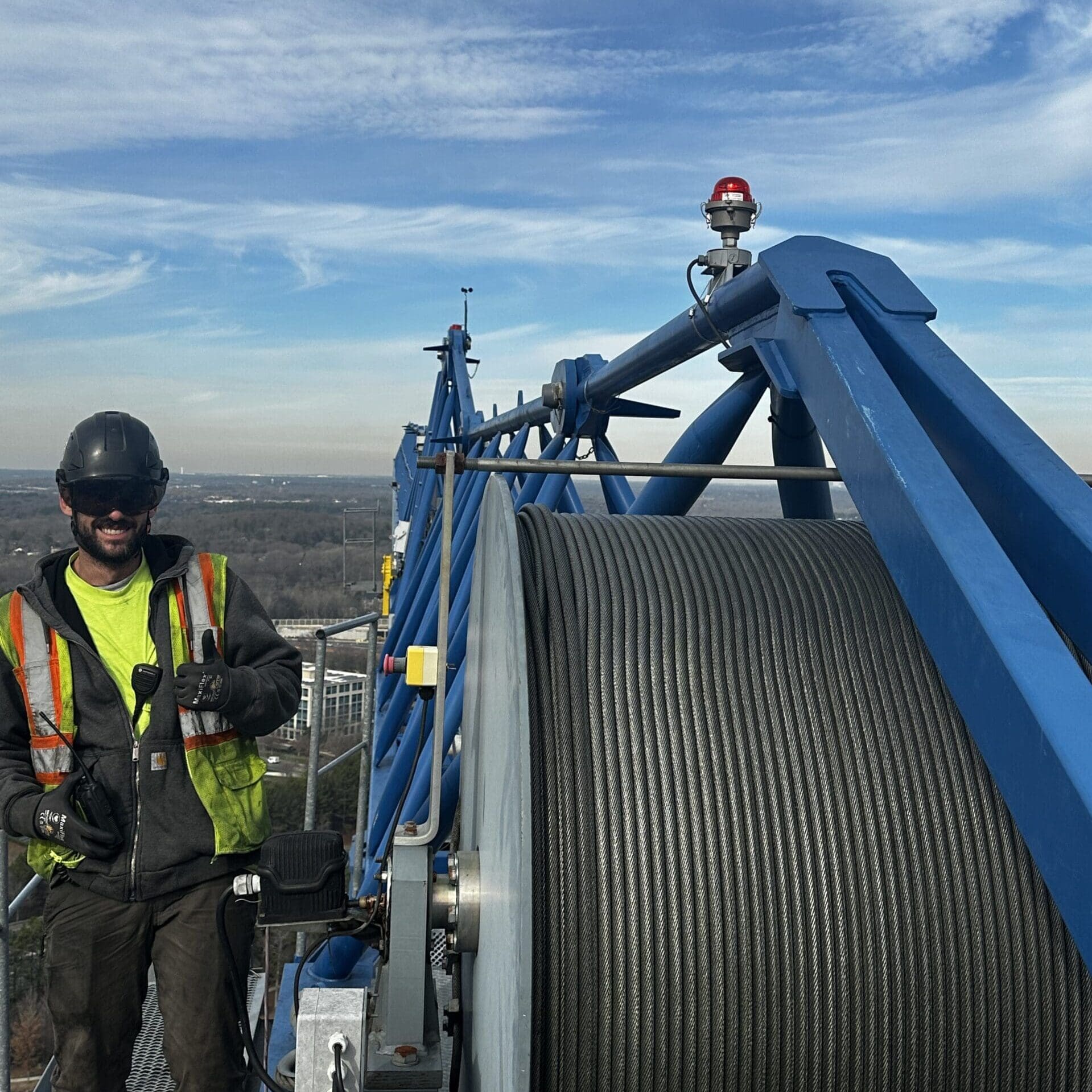When was the last time you checked your crane for safety risks? This simple check could mean the difference between a safe worksite and a disaster. Annual crane inspections are key to keeping workers safe, avoiding big costs, and making sure your equipment works well.
Every year, experts check your crane’s parts and systems to meet OSHA standards. These checks are more than just following rules; they’re crucial steps that help your equipment last longer and keep your workers safe. Real examples and facts show how important these checks are for a safe and efficient worksite.
Key Takeaways
- Annual crane inspections are crucial for ensuring worksite safety and preventing accidents.
- Regular inspections by certified inspectors can extend the lifespan of your equipment.
- Compliance with OSHA crane inspection standards is both a legal requirement and a safety imperative.
- Professional crane inspection services uncover hidden issues that could lead to costly downtime.
- Investing in safety inspections aligns worksite operations with regulatory compliance and worker protection.
Importance of Crane Safety Inspections
Regular crane safety inspections are key to a safe workplace. They help find problems early, avoiding big costs later. Let’s see why these checks are vital for safety, keeping equipment in good shape, and following the law.
Protecting Worker Safety
Regular checks are key to keeping workers safe. The OSHA highlights the need for a safe work area. By using a detailed crane inspection checklist, employers can spot and fix issues fast. This lowers the chance of accidents.
Extending Equipment Lifespan
Inspections also help extend crane equipment life. Catching small problems early stops big, expensive fixes later. This saves money and keeps cranes working longer, increasing productivity.
Complying with OSHA Standards
Following OSHA standards is crucial for crane inspections. Not doing so can lead to big fines. By sticking to the checklist and keeping good records, employers meet legal requirements. This makes the workplace safer and shows the company cares about safety.
Crane Inspection Requirements and Certification
Keeping cranes safe and working right is key for any job site. The Occupational Safety and Health Administration (OSHA) sets strict rules for crane checks. These rules are vital for keeping everyone safe and following the law.
OSHA Crane Inspection Standards
OSHA says cranes must be checked before they’re used, often, and every year. These checks look for dangers or problems that could harm workers or mess up the crane’s work. They check things like the crane’s structure, wire ropes, and brakes. Not following these rules can lead to big fines and more accidents.
Key Certification Benefits
Getting a crane inspection certification has big pluses. It makes sure cranes work well and safely. It also cuts down on downtime and injuries. Groups like the National Commission for the Certification of Crane Operators (NCCCO) and Crane Institute Certification (CIC) offer trusted certifications that meet OSHA standards.
Understanding Inspection Intervals
It’s important to know when to check your cranes. OSHA wants daily, monthly, and yearly checks. Each check has its own list of things to look at:
- Daily Inspections: Quick checks of important parts like hooks, wire ropes, and safety gear.
- Monthly Inspections: Thorough checks for wear and tear on moving parts and making sure controls work right.
- Annual Inspections: Full checks by a trained person, looking at everything about the crane’s safety and how it works.
Following these check times helps keep the job site safe and efficient. It also makes sure you’re following OSHA’s crane inspection rules.
Annual Crane Inspection: What to Expect
An annual crane inspection is key to keeping cranes safe and working well. Knowing what to expect helps businesses get ready and follow crane inspection rules.
The inspection starts with checking the crane’s stability. Inspectors look at the foundation and structure to make sure it can handle loads and stresses. They also check for wear or damage on parts like the boom and jib.
Then, they examine the lifting mechanisms. This includes the winches, wire ropes, chains, and hoists. They make sure these parts work right and are safe. They look for any signs of damage that could affect lifting.
Next, the electrical systems are checked. Inspectors look at switches, wiring, control panels, and safety devices. They make sure everything electrical works right and is safe. This helps avoid electrical fires or failures.
Inspectors also review the hydraulic systems. They check hydraulic hoses, pumps, and cylinders for leaks or problems. Keeping hydraulic systems in good shape is key for crane safety and smooth operation.
To wrap up, the team checks if everything follows standard procedures and checklists. These checklists make sure every crane part is covered. Keeping records of the inspection is important for safety and future checks.
- Stability and structural integrity check
- Inspection of lifting mechanisms
- Electrical systems review
- Hydraulic systems examination
- Verification with standard procedures and checklists
Understanding the steps in a crane safety inspection helps businesses prepare. This ensures they meet inspection rules and keep the workplace safe.
Overhead Crane Inspection Guidelines
Keeping overhead cranes safe and efficient means following strict inspection rules. These rules include daily, weekly, and monthly checks. They make sure every crane part works right and safely. Using a checklist makes inspections easier and thorough.
Daily and Weekly Checks
Daily and weekly checks make sure the crane is ready to work. They cover:
- Looking for wear and tear on all parts.
- Listening for strange sounds or problems with the crane’s parts.
- Checking safety gear works as it should.
- Looking for damage on hooks and chains.
Checking the crane daily and weekly helps spot problems early. This saves money and prevents accidents.
Comprehensive Monthly Inspections
Monthly checks are more detailed. They look at parts that are harder to see. Important areas include:
- Looking for damage or wear on the crane’s structure.
- Testing electrical systems to make sure they work right.
- Checking lifting devices and attachments for safety.
- Ensuring all moving parts are well-lubricated.
Monthly checks are key to keeping cranes safe and reliable over time.
Record-Keeping and Reporting Procedures
Keeping good records and reporting findings is important for crane upkeep. It helps keep track of maintenance history. This is important for audits or investigations. Key steps include:
- Writing down each inspection with notes on what was found and done.
- Using digital tools to make reporting easier.
- Keeping records tidy and easy to find for everyone who needs them.
Following crane inspection guidelines helps with safety and makes the equipment work better.
Conclusion
Regular crane maintenance inspections are key to a safe and compliant workplace. They help keep workers safe and make sure equipment lasts longer. By following OSHA standards and sticking to inspection schedules, companies can do both.
Using professional crane inspection services gives you confidence that checks are done right. These inspections protect workers and prevent equipment failures. This saves money and keeps things running smoothly.
If you haven’t set up your crane maintenance check yet, it’s time to do so. Reach out to professional crane inspection services to ensure your equipment is in top shape. Taking this step is the first step towards a safer and more compliant workplace.
